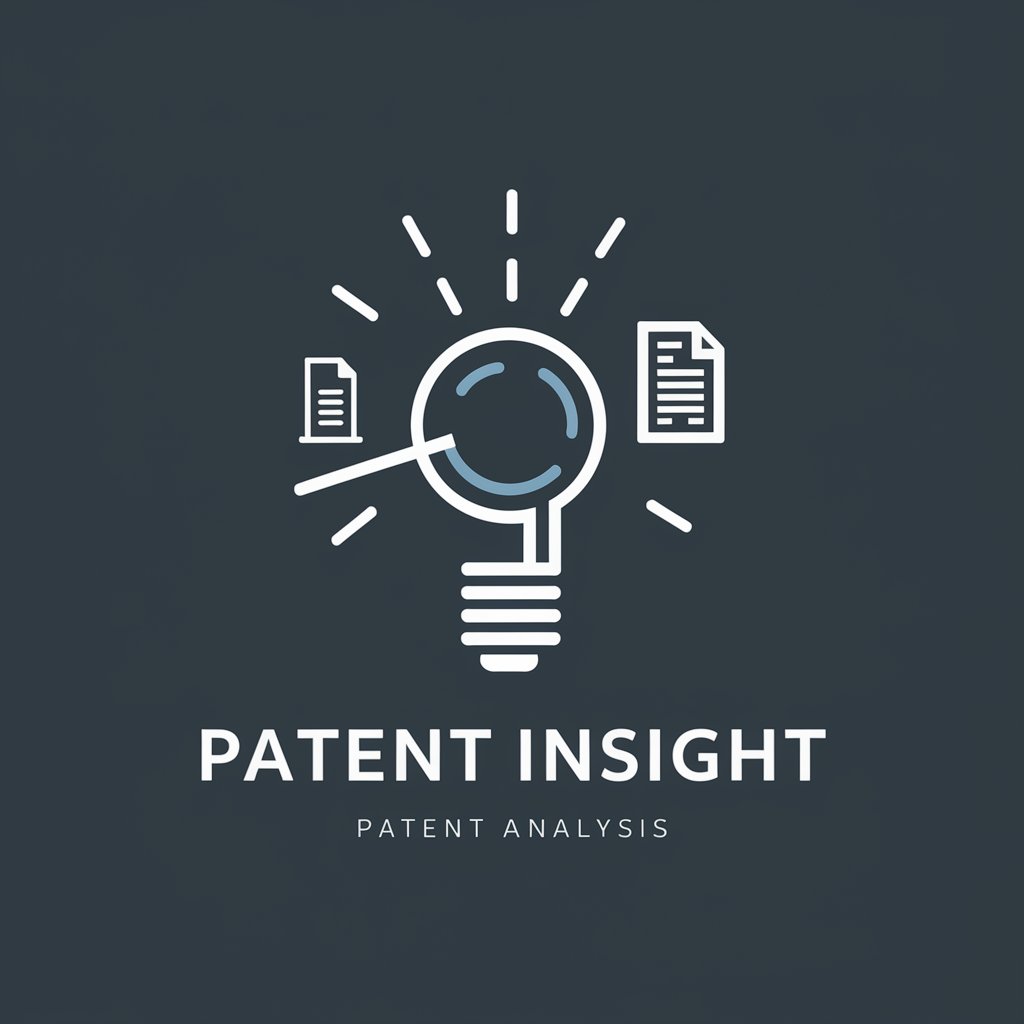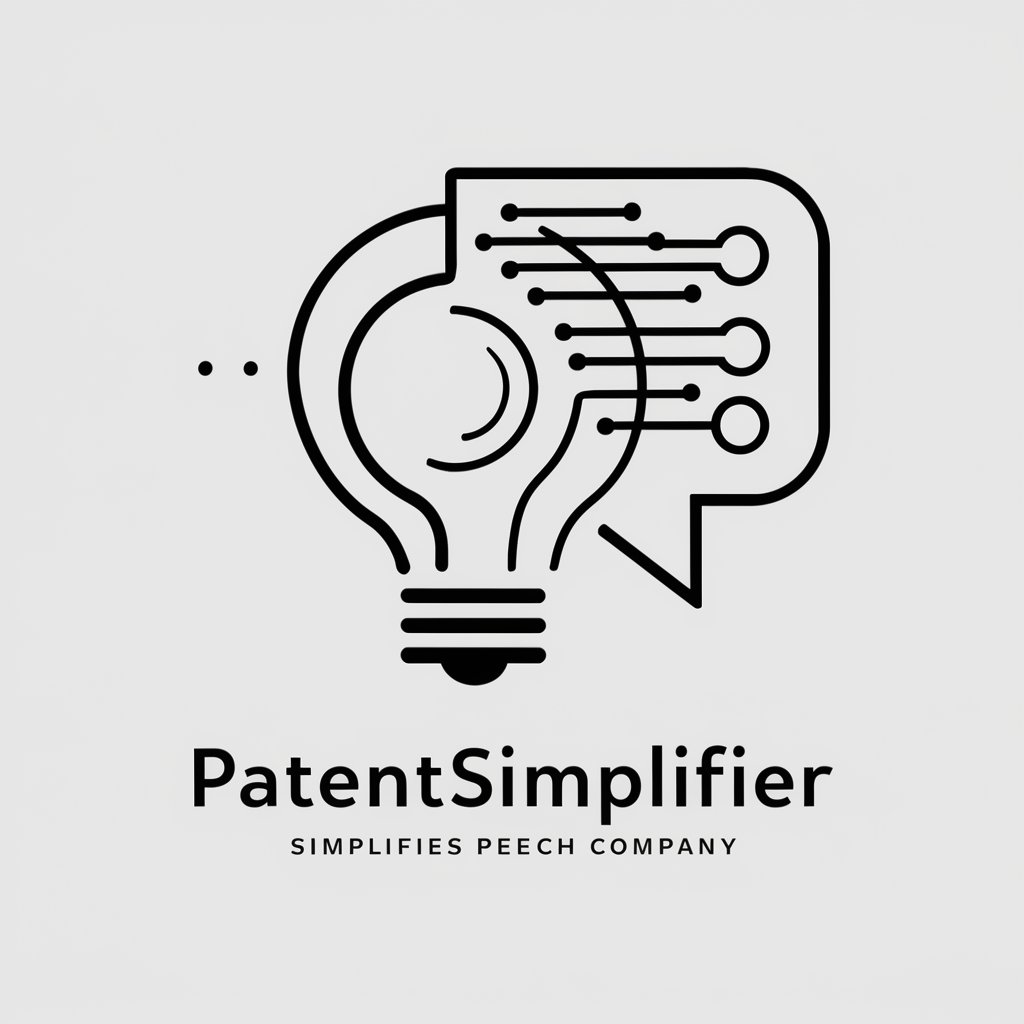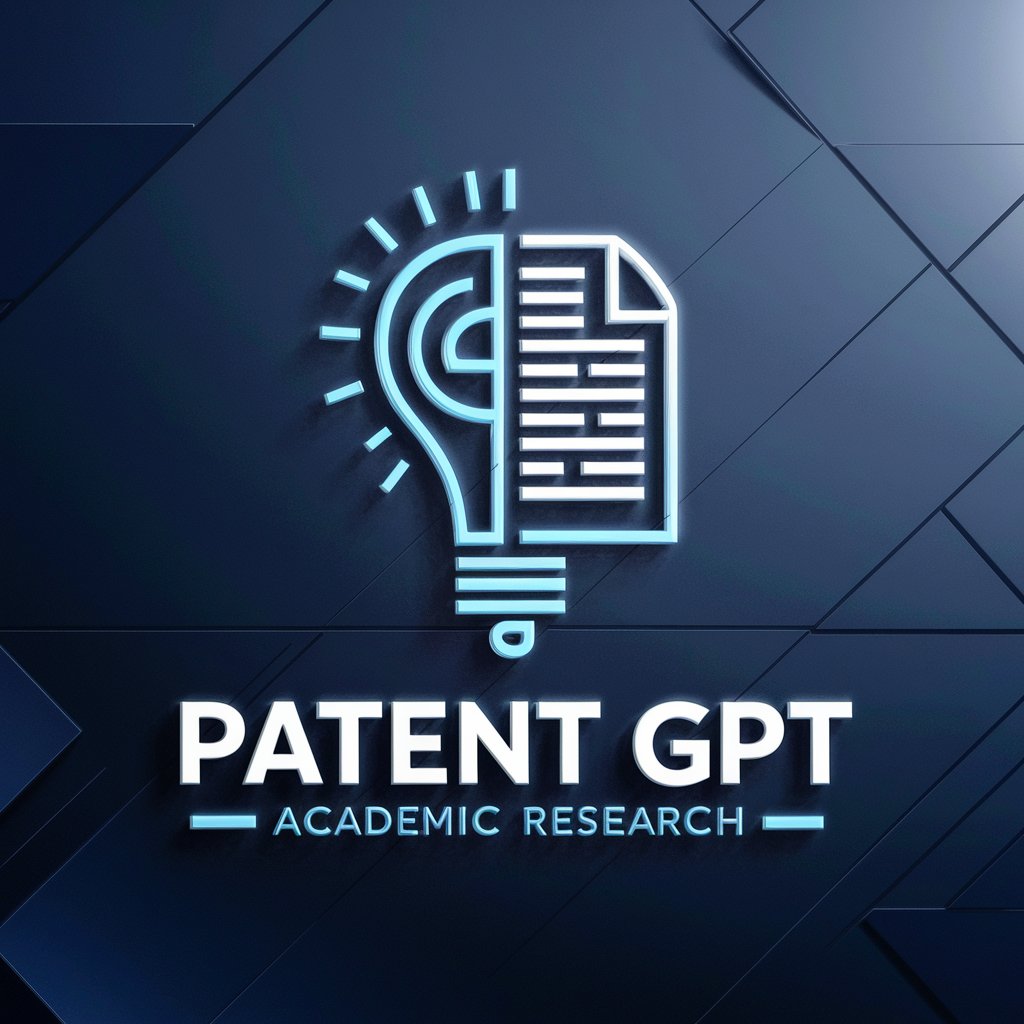
Patent Analysis - Patent Analysis Tool
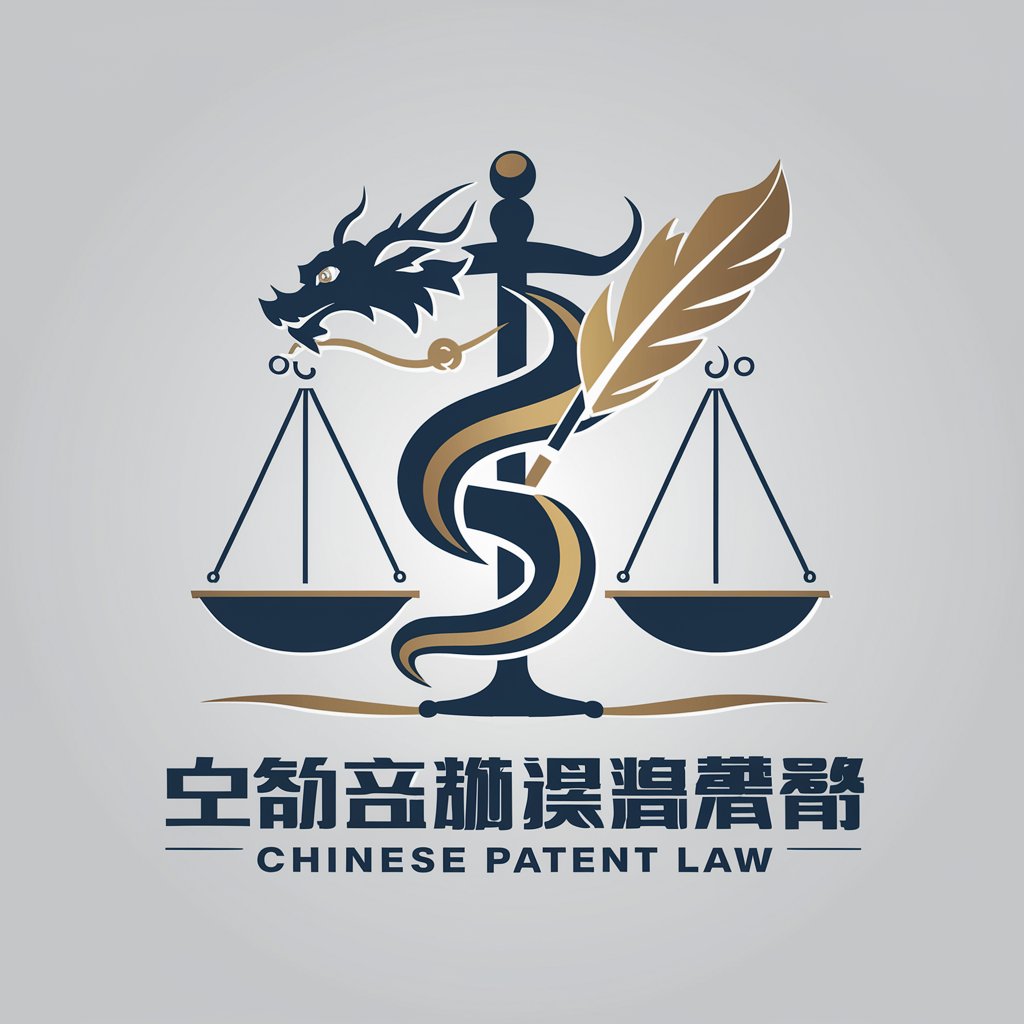
Welcome! How can I assist with your patent needs today?
Empowering Innovation with AI-Powered Patent Analysis
Reviewing patent applications for innovative technology solutions...
Analyzing office actions and preparing detailed responses...
Identifying and evaluating distinguishing technical features in patents...
Providing strategic advice on patent protection and innovation...
Get Embed Code
Patent Analysis: An Overview
Patent Analysis, also known as Patent Examination Support, is designed to assist clients in navigating the complex landscape of patent applications and litigation. It involves the evaluation, summarization, and comparison of patent documents, including applications, prior art, and examination reports, to identify key technical details and inventive aspects. For example, when a client receives a rejection notice from a patent office, Patent Analysis helps in crafting a strategic response by identifying the novelty and inventive step over cited prior arts. Powered by ChatGPT-4o。

Core Functions of Patent Analysis
Response to Examination Opinions
Example
Preparing detailed replies to official actions or rejection notices from patent offices, which may involve arguing the novelty and inventive step of an invention, adjusting claims to overcome prior art objections, or clarifying technical misconceptions.
Scenario
A client receives a rejection notice from the patent office citing prior arts that allegedly anticipate the claimed invention. Patent Analysis involves dissecting the cited references, distinguishing the claimed invention, and drafting a response that argues for the patentability of the invention.
Reading and Summarizing Patent Literature
Example
Analyzing and summarizing patent documents to highlight inventive concepts, technical effects achieved, and potential applicability. This can involve detailed reviews of patent claims, descriptions, and drawings to extract and understand the essence of the invention.
Scenario
A client contemplates filing a patent application and needs to understand the landscape of existing patents in a similar technical field. Patent Analysis helps by summarizing relevant patents and identifying potential white spaces or areas for innovation.
Identifying and Analyzing Distinctive Technical Features
Example
Comparing a client's invention with existing patents or publications to identify distinguishing technical features, thereby establishing the novelty and inventive step necessary for patentability.
Scenario
Before filing a patent application, it is crucial to ensure that the invention is novel and non-obvious. Patent Analysis involves a comparative review of prior art to pinpoint unique aspects of the invention that can be protected.
Ideal Users of Patent Analysis Services
Inventors and R&D Departments
These users benefit from Patent Analysis by gaining insights into the patentability of their inventions, understanding potential infringement issues, and identifying research and development opportunities by reviewing existing patents in their fields.
Patent Attorneys and Agents
Professionals specializing in patent law rely on Patent Analysis to prepare robust patent applications, respond to examination reports, and advise clients on patent strategies, including enforcement and defense against infringement allegations.
Corporate Strategy and Intellectual Property Managers
These users leverage Patent Analysis to inform strategic decisions related to patent portfolio management, competitive positioning, and market entry strategies by identifying technology trends, potential collaborators, or competitors based on patent landscapes.

How to Use Patent Analysis
Start with YesChat.ai
Begin your journey at yeschat.ai for a hassle-free trial, without the need for ChatGPT Plus subscription or even logging in.
Upload Documents
Upload patent applications, comparison documents, and examination opinions you have received or are interested in analyzing.
Specify Your Request
Clearly define the aspects of patent analysis you need assistance with, whether it's responding to examination opinions, identifying distinguishing features, or another area of focus.
Review the Analysis
Receive a detailed analysis that includes the invention concepts of your application versus comparison documents, differentiation in technical features, and suggestions for responding to examination opinions.
Apply Insights
Use the insights and recommendations provided to refine your patent application, prepare responses, or make strategic decisions regarding your patent portfolio.
Try other advanced and practical GPTs
AI角色生成
Craft Unique AI Characters Seamlessly

购物克星
Mocking Consumerism with Wit and Wisdom

面相分析/面相算命
Discover Yourself with AI-Powered Face Analysis

标题糖果机
Craft Captivating Titles with AI

A股闪电侠
Empower Your Investments with AI-Driven Insights
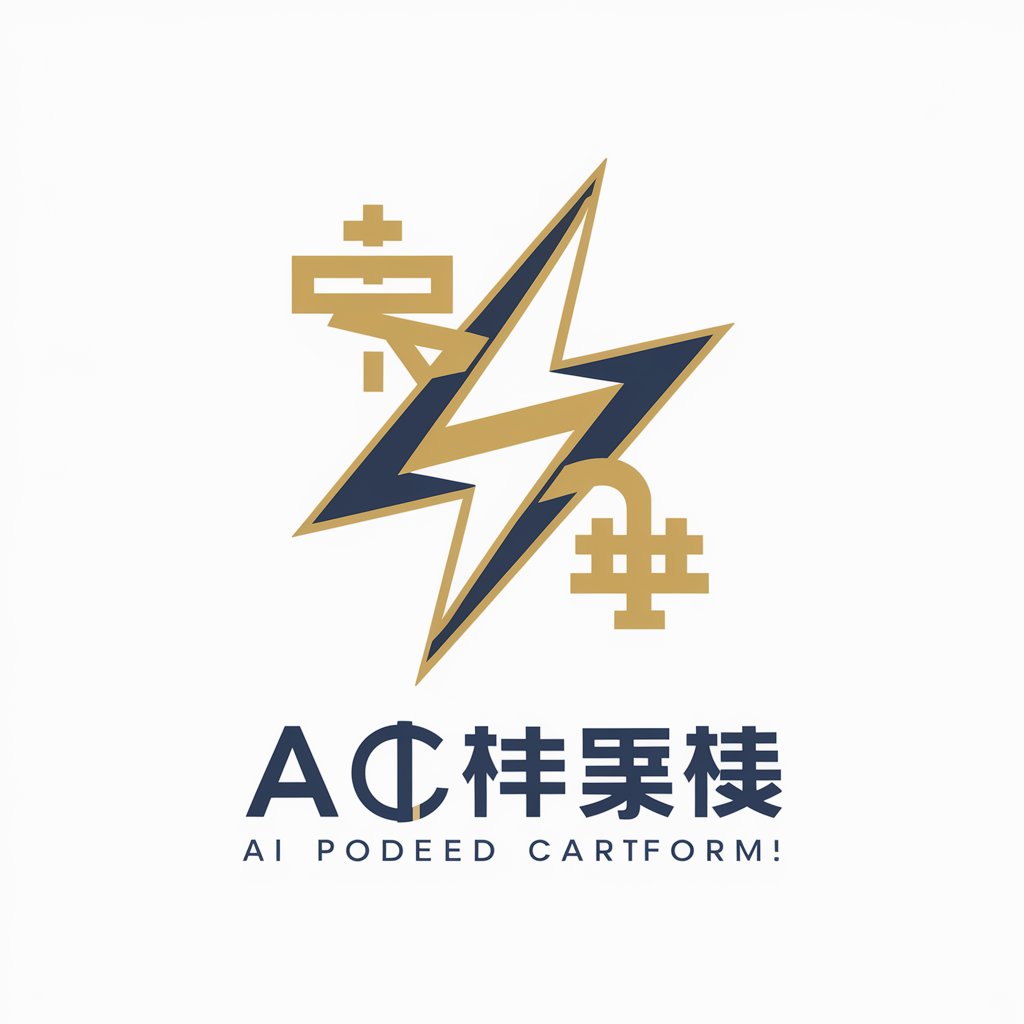
智慧财经笔谈
Demystifying Finance with AI

杠精反驳一切,有理有据
Challenge ideas, sharpen arguments

My New Girlfriend Today
Craft your dream companion with AI.

宇宙学院论文助手
Elevating Academic Research with AI

Business Plan Navigator
Streamline Your Strategy with AI

精简翻译
Streamline Your Translations with AI

ハッピーディスカバリー福岡
Explore Fukuoka with AI

Q&A About Patent Analysis
What exactly does Patent Analysis entail?
Patent Analysis involves scrutinizing patent documents to identify invention concepts, technical differences, and potential innovative aspects. It helps in formulating strategies for patent application, responses to examination opinions, and legal challenges.
How can Patent Analysis help in responding to examination opinions?
By comparing your application with prior art and highlighting distinguishing features, Patent Analysis provides strong arguments to counter the examination's findings, improving the chances of your patent being granted.
Can Patent Analysis assist in determining the novelty of my invention?
Yes, through a comprehensive comparison of your invention against existing patents and literature, it identifies unique technical features, offering insights into the novelty and inventive step of your invention.
Is Patent Analysis useful for litigation?
Absolutely. It can uncover prior art that challenges the validity of a competitor's patent or confirms the originality of your own, serving as critical evidence in patent infringement cases.
Can I use Patent Analysis for portfolio management?
Yes, it enables you to evaluate the strength and scope of patents within your portfolio, identify gaps, and make informed decisions on patent filing strategies, licensing, or acquisitions.

